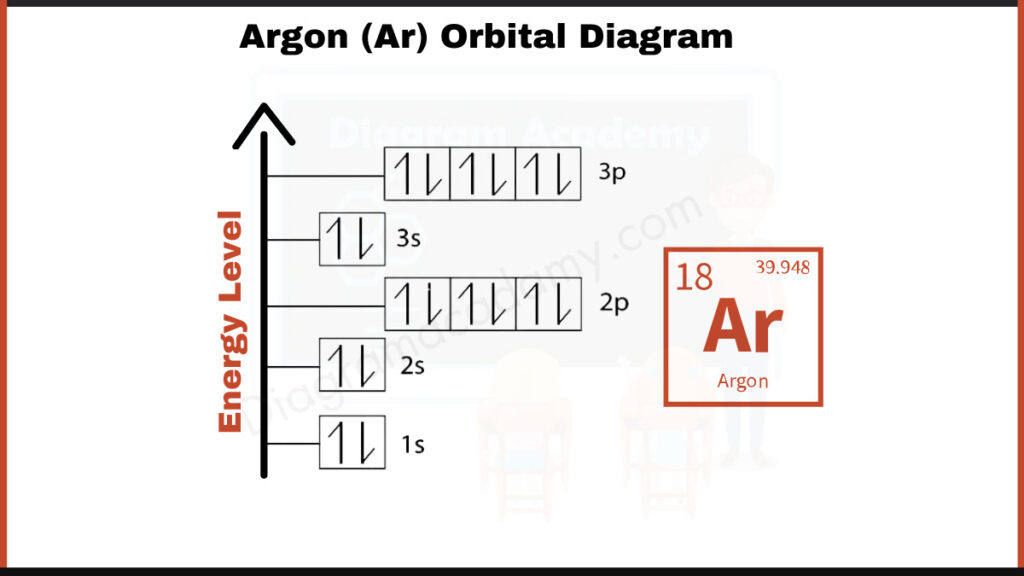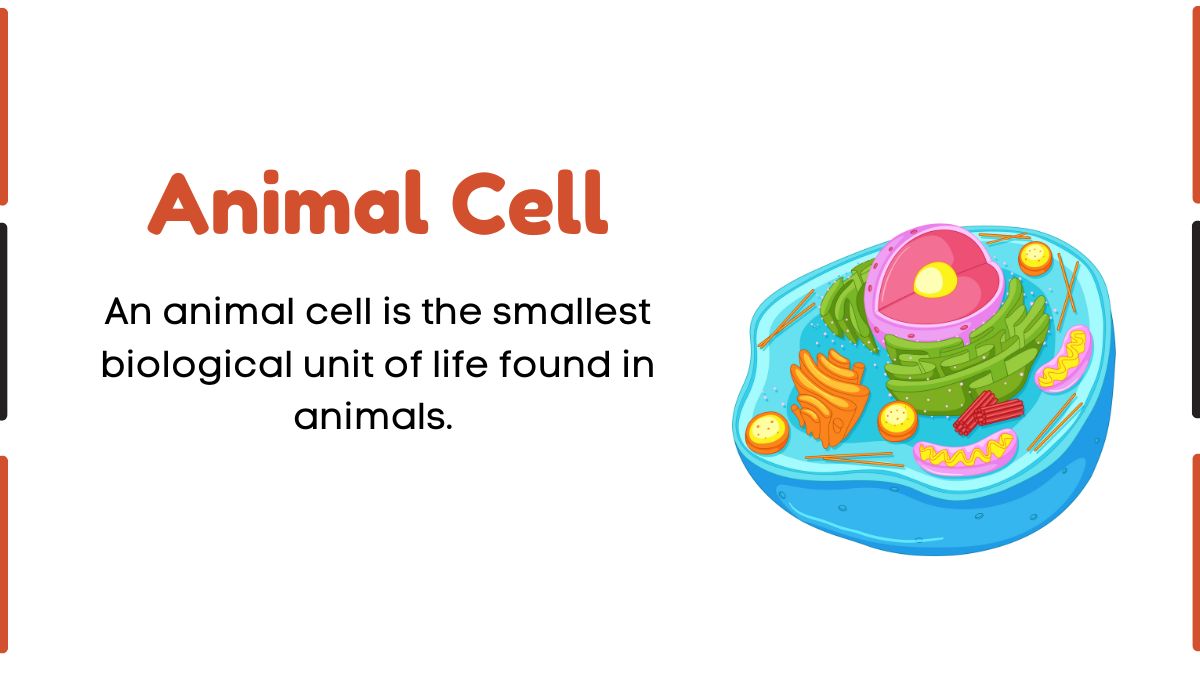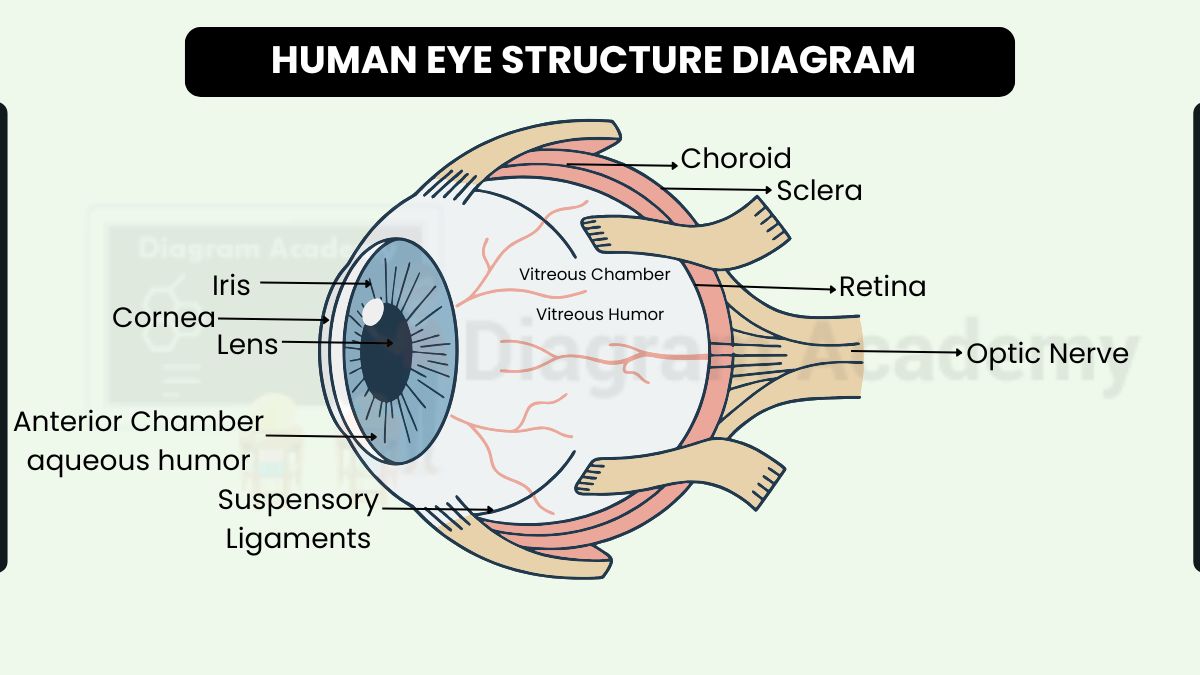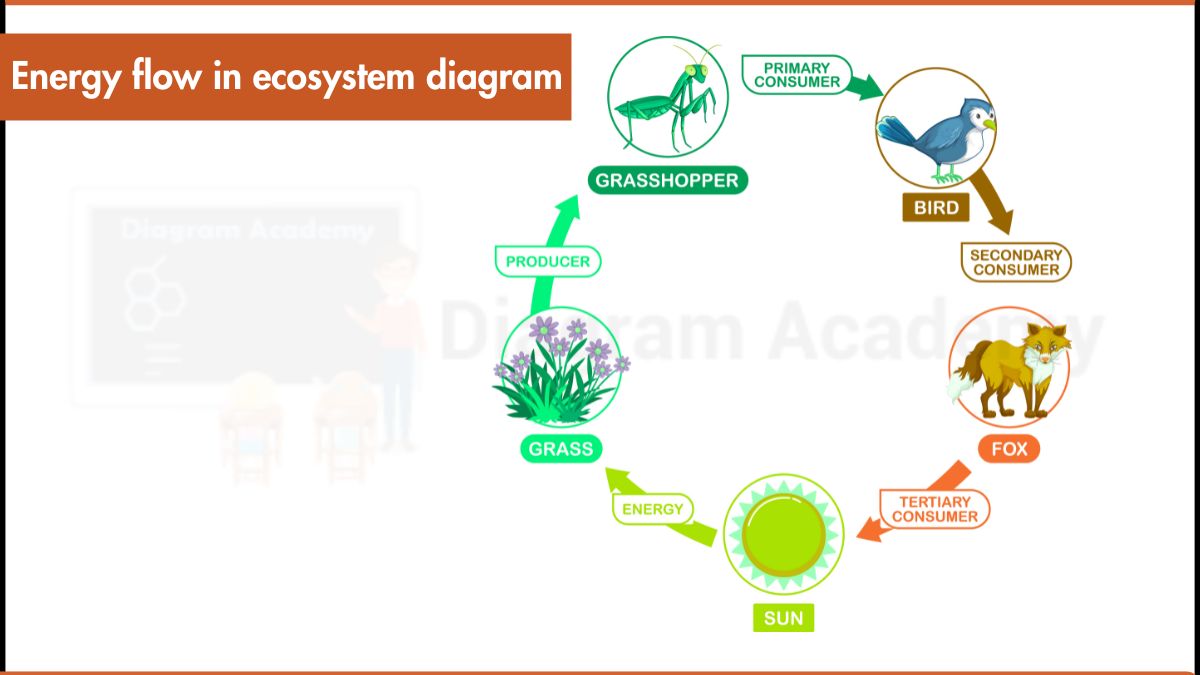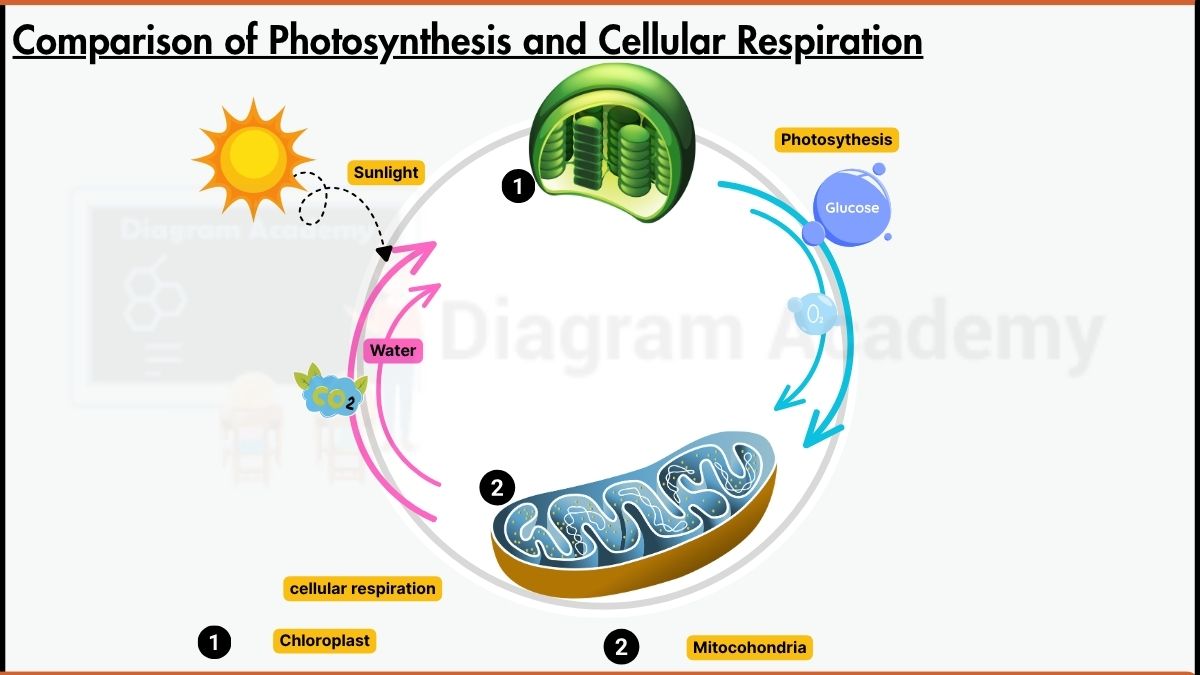How to write the Orbital Diagram for Argon?
Argon (Ar) has 18 electrons. They fill shells in a specific order, but unlike some other elements, Argon has a particularly stable configuration. All its electrons fit comfortably within the first three shells, resulting in a full outer shell. This complete outer shell is why Argon is unreactive and belongs to a group of elements called noble gases.
